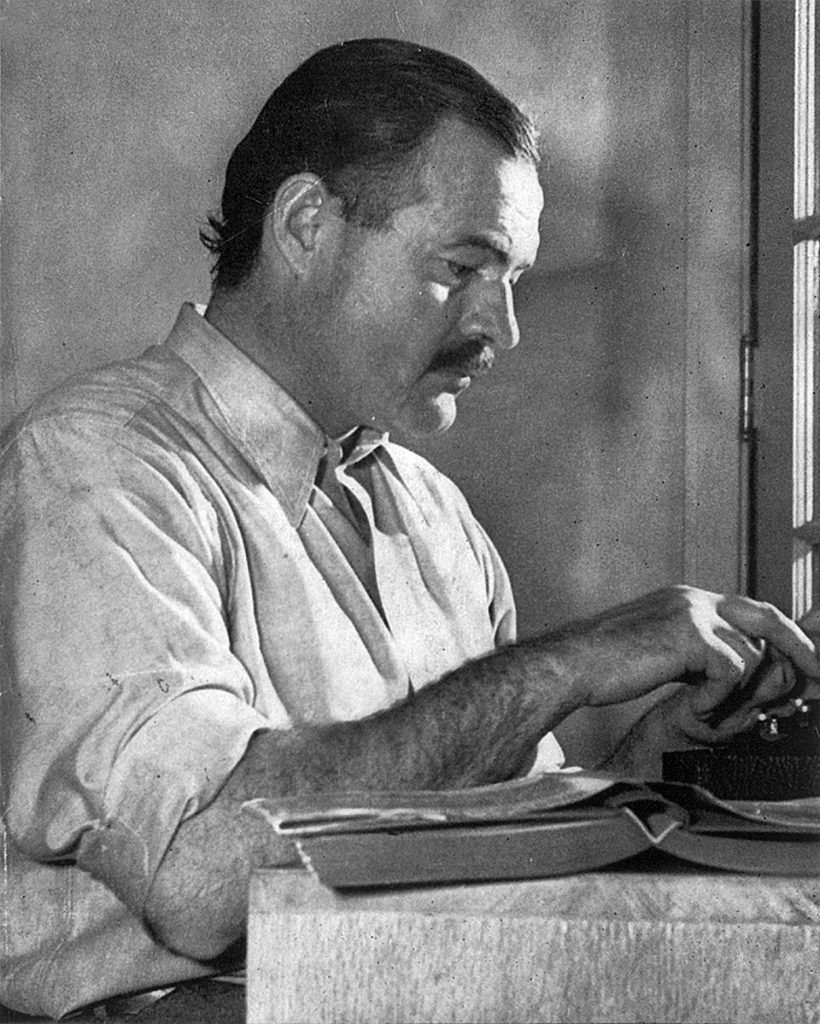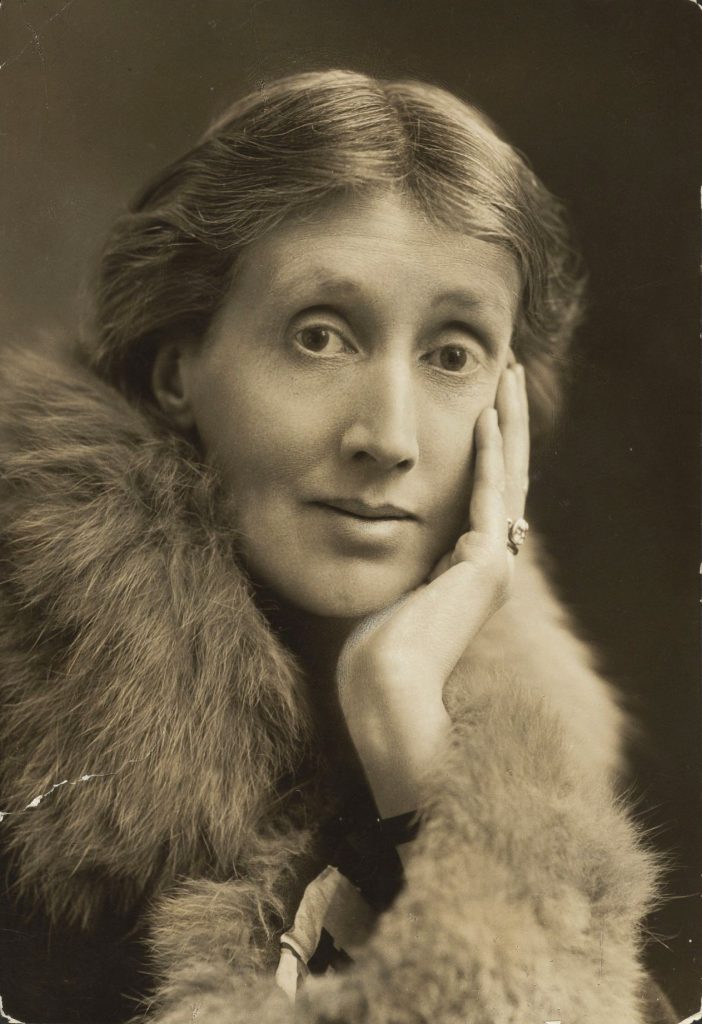Over the years, I’ve experimented with a variety of images, stories, and slogans to get my ideas about academic writing across to students and scholars. This year, I’m going to try to keep the decorative effects to a minimum and give myself more time to present the actual craft. “More matter, less art,” as Hamlet’s mother wishes. I’ve settled on two key insights, which are no doubt timeless, but which happen to come to us in the words of two great modernist writers, Virginia Woolf and Ernest Hemingway.

Source: Wikipedia
“The dignity of movement of an iceberg is due to only one-eighth of it being above water,” Hemingway tells us in Death in the Afternoon. The dignity of a piece of writing, likewise, depends on what the writer has under the surface. This is where I will begin the Craft of Research Series this year, starting on Thursday, by drawing an iceberg on the board and detailing what the writer of a research paper should have above and below the water. In fact, though it’s a rough approximation, I have found it useful to coordinate each of the sections of a paper with the sources that typically serve as their basis. So, for example, the theory section will be based on the literature and the analysis will be based on the data. Hemingway, of course, believed that a story, even a fictional one, should be based on the experience of the writer, and the reader should feel that experience even when it is not being directly reported by the writer. Last week, I wrote about how the experience of gathering data is similarly shared in our methods sections. Here, too, a great deal depends on the decisions we make about what to tell the reader and what to hold back. “If a writer of prose knows enough of what he is writing about he may omit things that he knows,” says Hemingway, “and the reader, if the writer is writing truly enough, will have a feeling of those things as strongly as though the writer had stated them.”

Source: Wikipedia
“To know whom to write for is to know how to write,” said Woolf in her essay “The Patron and the Crocus.” In one way or another, all writing instructors have this message at the core of their pedagogy. Your decisions about what to put on the surface and what to leave below will always be guided by your image of the reader. In academic writing, the important thing is to have a good sense of what the reader knows. As I never tire of saying, it is the art of writing down what you know for the purpose of discussing it with other knowledgeable people, and those other people are your peers. For students, that means that they should not imagine writing for their teachers but for their fellow students, which is helpful because they can actually know something about them. Not only can they reach out and talk to them, they can imagine a mind shaped by roughly the same experiences, taking the same courses, reading the same readings, participating in the same discussions. Scholars at all levels conduct their research as members of a community of curious minds; they are always looking at their objects on behalf of their peers. The so-called “problem of representation” isn’t just about how to imagine objects; it’s about taking the point of view of one’s community. The scholar is a representative of the intellectual interests of that community and students struggle with their materials on behalf of each other in the same way. “The choice of a patron is of the highest importance,” Woolf tells us. “But how to choose rightly? How to write well? Those are the questions.”
“Jose Medina is correct in his disdain,” says my favorite poet, Tony Tost, in Invisible Bride; “the doctors are absolutely modern.” I don’t know if he meant the Walter Dill Scott Professor of Philosophy at Northwestern. (I have a feeling that he serves mainly as an allusion to “pale” Ramon Fernandez, in Wallace Stevens’ “Idea of Order at Key West”. Stevens himself has said he did not mean it as a reference to the literary critic of the same name, but merely chose two common Spanish names for a fictional presence he needed in the poem.) I mention the line here only to acknowledge your possible disdain for “modernist” approaches to writing. It is true that there are other ways to compose your research papers — less classic and more romantic, even absolutely post-modern. I guess I’m suggesting that you begin by learning how to be modern, to become your own contemporary, as I think Kierkegaard once put it. Let Hemingway’s iceberg and Woolf’s patron inspire you to clarify your sources and your purpose as you go.